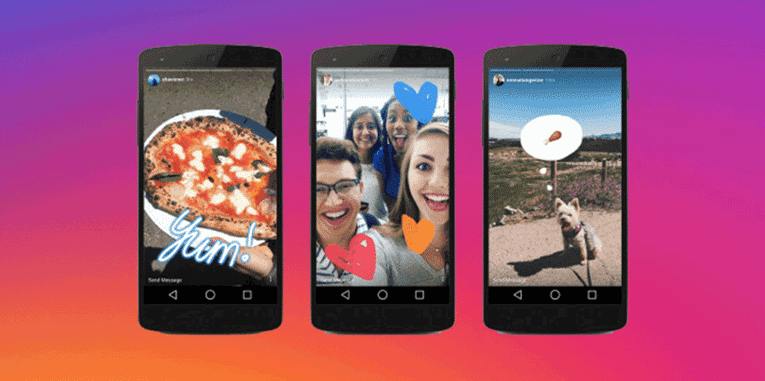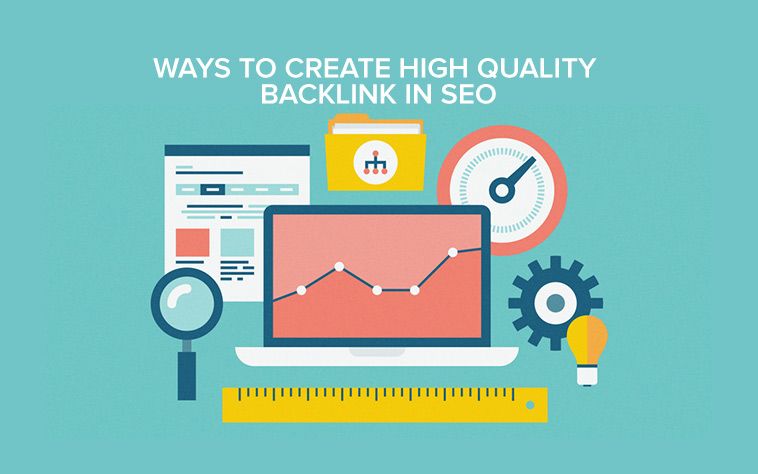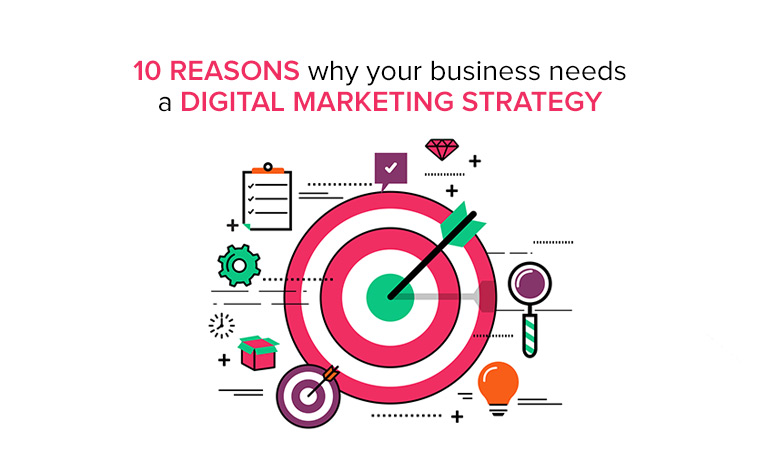In the ever-evolving landscape of eCommerce, the ability to measure and analyze performance is pivotal...
Tag: Digital Strategy
Starting an ecommerce business on Shopify can be a great way to reach a wider...
In today's digital age, ecommerce has become an essential component of retail business. As more...
Why Search and SEO is Important ?
Categories
Before we can understand why search is important, we need to take a step back...
The audience was just getting hooked to the various filters & dynamics of Snapchat Stories...
Business Lessons from Auto-Anna
Categories
Inspiration comes from the most unlikely of sources. Annadurai, a 26 year old autorickshaw driver...
After reading and Experience of last year’s working closely with clients, we have found out...
"Natural" Editorial Links that are given naturally by sites and pages that want to link...
23rd September There are many tools which can be used SEO Campaign but as of...
Digital Marketing is pretty much a broader term today especially with new innovations happening. There...
























